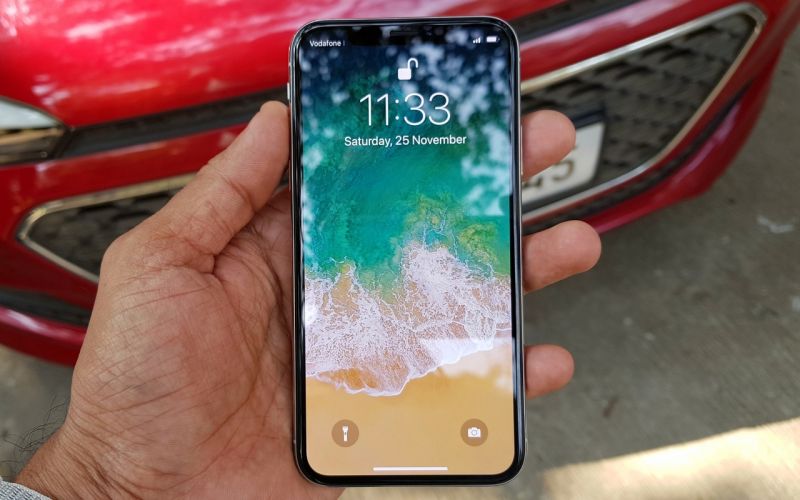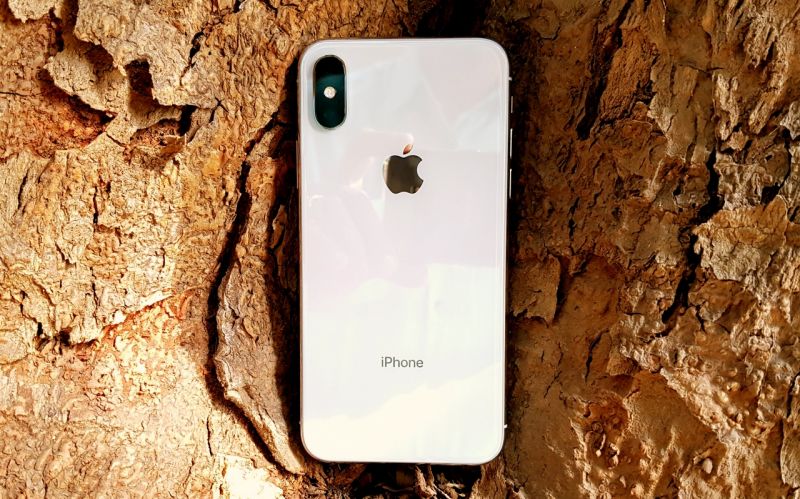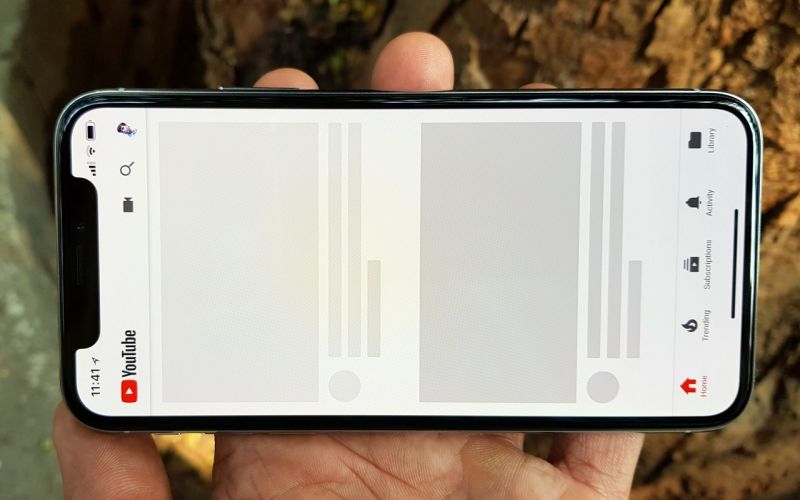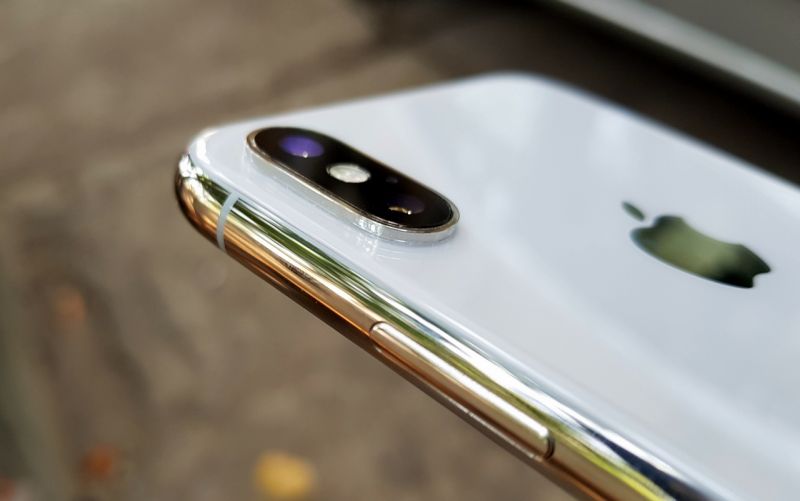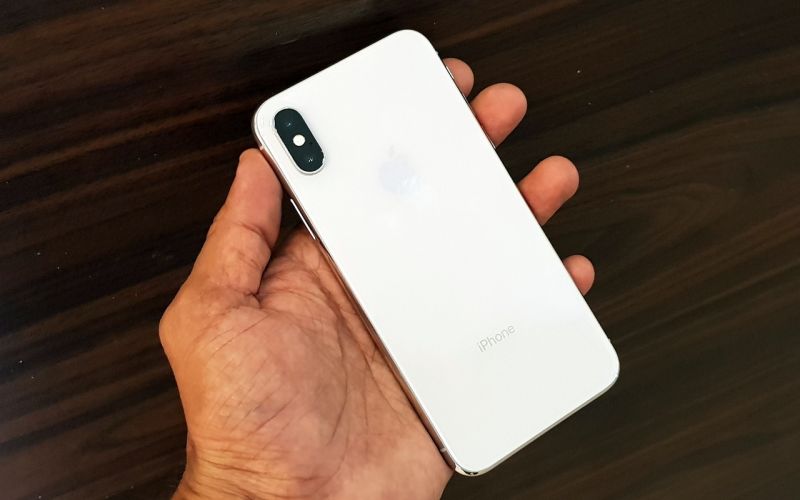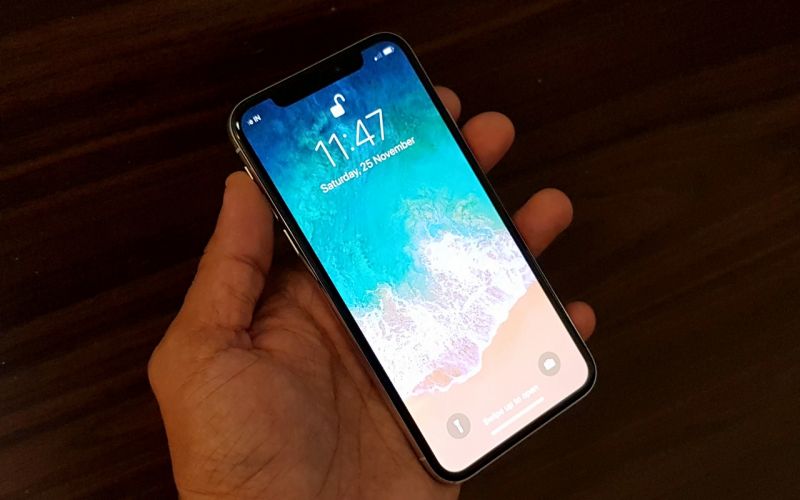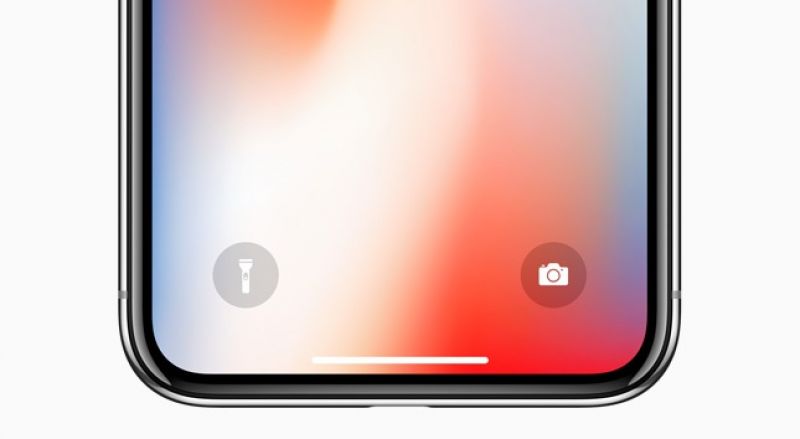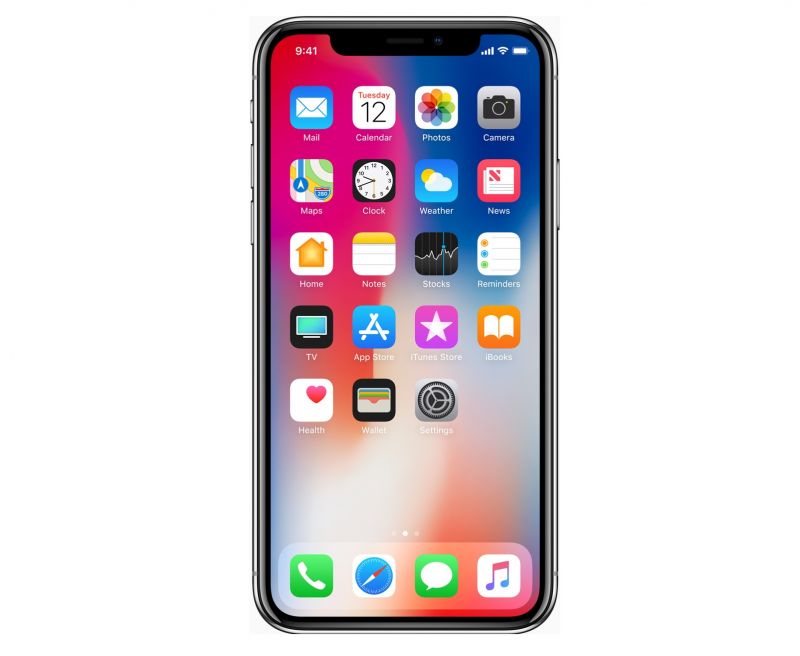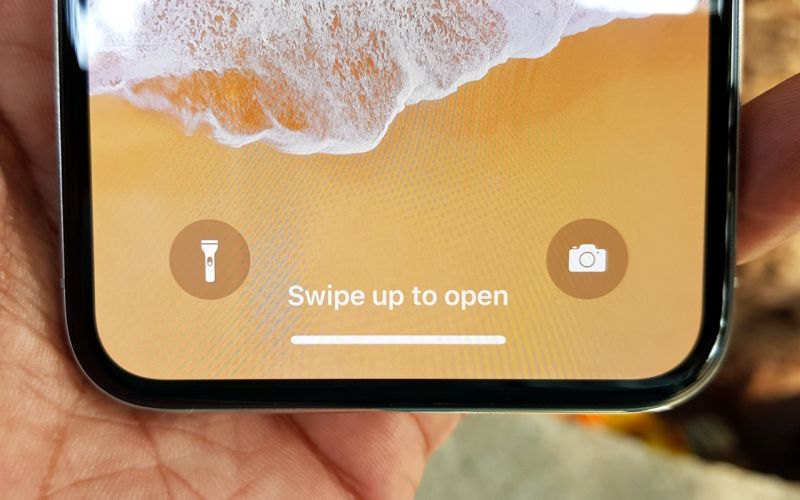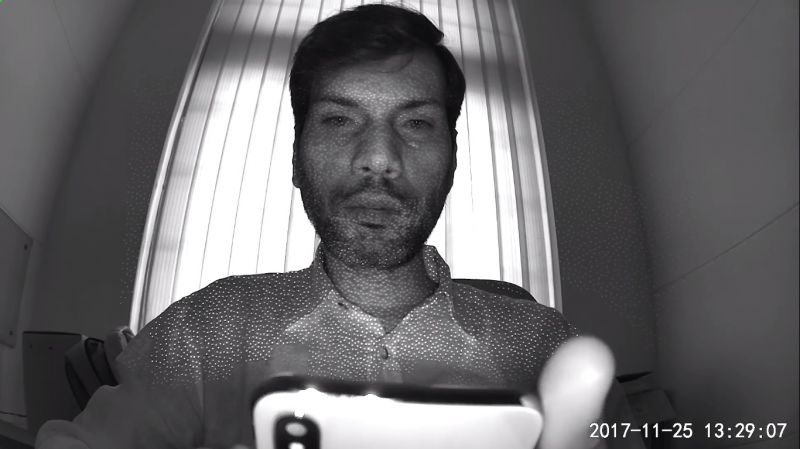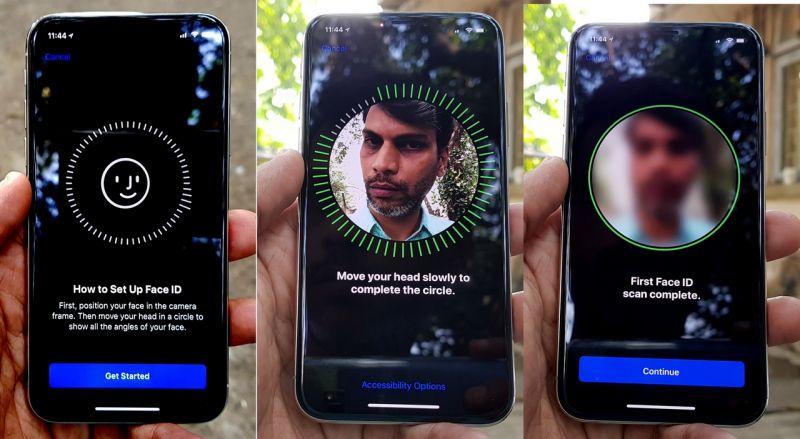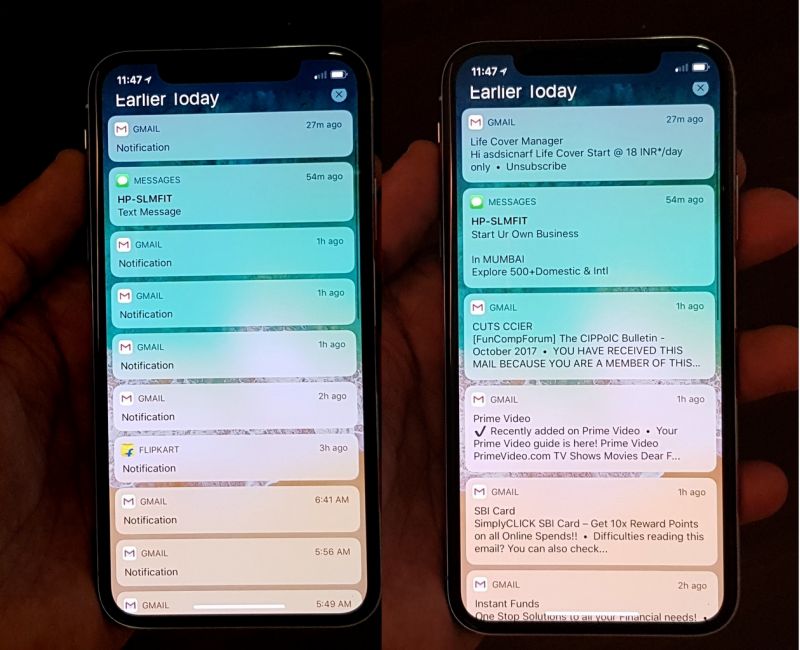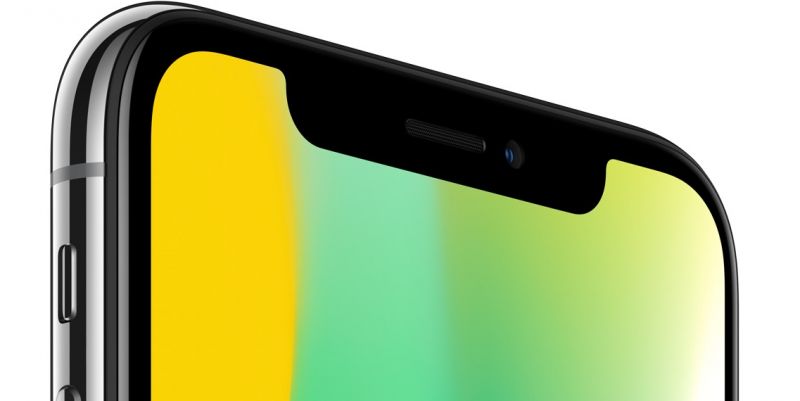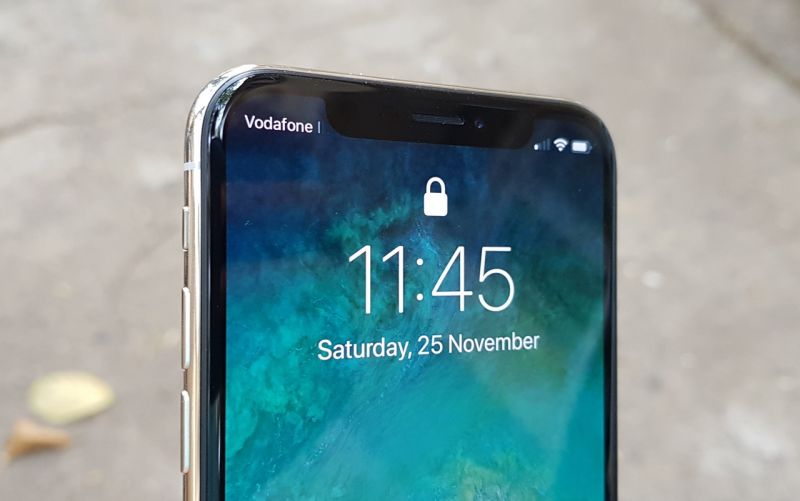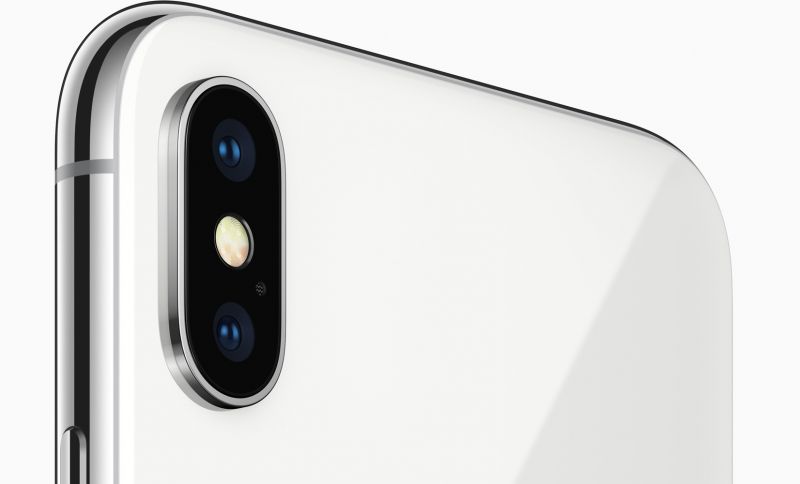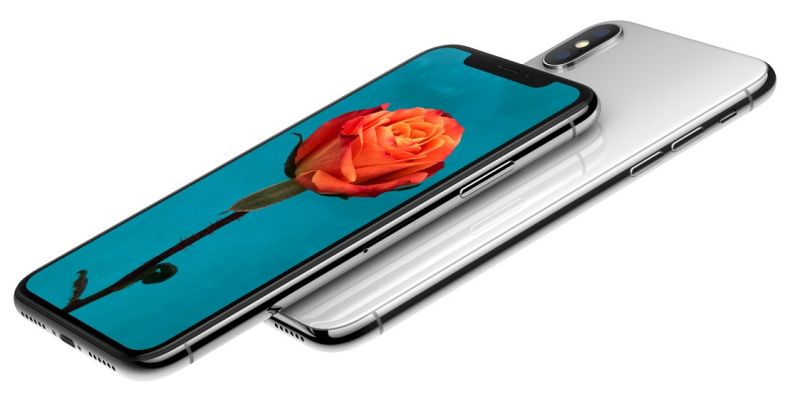Apple iPhone X review: A new beginning for the next iPhone
Apple has been innovating since more than a decade and ever since the launch of the iPhone, the tech giant hasn't been looking back.

Apple has done it again — changed the way people use the phone. While the first time it was where one ‘touches the software’, this time where ‘no one touches the hardware’ — Thanks to FaceID, you don’t touch the phone to authenticate yourself.
Apple has been innovating for more than a decade and ever since the launch of the iPhone, the tech giant hasn’t been looking back. From being the first one to master the touchscreen to now being the first ones to go with a full front display and eliminating the home button and fingerprint scanner, Apple has set a benchmark with its Anniversary Edition iPhone X this year. Apple states that the iPhone X will set the path for the future mobile phone.
The iPhone X is no doubt the most desired smartphone for any smartphone user out there. Sadly, the price tag on one of these babies has put this smartphone out of reach to even the mainstream iPhone users. However, we have witnessed many who went out of their way, and budget, to get their hands on this beauty. Well, we had the top end 256GB version of the iPhone X for a while and were definitely impressed with what the expensive beast can do. And as usual, no product is 100 per cent flawless. So here goes —
The iPhone X is like no other iPhone out there. All screen and all glass gripped with a strong metal frame that strongly holds all the internals together, the iPhone X makes a big statement. Its premium build and look can definitely draw attention to a crowd. If you compare the iPhone 8 series and the iPhone X, we would say it is a beautiful blend that strikes the right balance between the iPhone 8 and the iPhone 8 Plus in terms of size and comfort of use. As for the technology, it is much superior to the iPhone 8 Plus. So if you are in the market for a new iPhone and money is not a criterion, then the iPhone X is what we would definitely recommend. However, you should know a few things about the iPhone X, which we will highlight ahead before you jump in.
As mentioned, the front panel is all glass — from the top to the bottom, and to the sides, you will find only bezels; and this is what many rivals are purely aiming for on their next flagships. Sadly, a notch full of tightly cramped sensors is the only area which could not be eliminated by Apple. Since the smartphone needs these few sensors which require line of sight and a transparent window, the notch had to be present.
The notch consists of an IR camera, Flood Illuminator, Proximity sensor, Ambient light sensor, speaker, microphone, a 7MP camera and a dot projector. These sensors come together to form an array of strong security features that the iPhone X relies on. Thanks to the missing Home button, Apple got rid of the secure TouchID and replaced it with a futuristic FaceID. While many, and we too, still believe that it was too early a move from Apple’s side to let go of the TouchID in favour of the face recognition security, we think the addition of a fingerprint sensor on the rear panel would have probably kept the critics at bay, since FaceID is yet to be tried and tested.
The premium stainless steel frame is stronger than never before — Apple has made sure that there are no ‘bendgate’ nightmares haunting it ahead. The steel frame is cool to the touch and definitely gives the user a good grip, unlike the smooth slippery iPhone 7 and 8 models we have seen in the last year. And with the addition of a glass rear panel, we are seeing Apple take the future iPhones to a next level. The iPhone X is precision-engineered and microscopically sealed to protect against water, splashes, and dust.
Heading back to the display, Apple has taken what others already had and made it better. Apple uses an OLED display for the iPhone X and has mastered it with its own touch to give you a crisper, cleaner and better experience with text, photos, and videos. The screen, in comparison with other OLEDs on rival handsets, is vibrant, has sharp images and crisper colours, and not to forget, it is the brightest panel currently out there. The OLED panel in the 5.8-inch Super Retina HD display, custom built to Apple’s exacting standards, allowing for an HDR display with a 1,000,000 to 1 contrast ratio, high resolution and brightness, wide color support, and the best color accuracy in the industry. True Tone technology uses an advanced six-channel ambient light sensor to subtly adjust the white balance onscreen to match the color temperature of the light around you. So images on the display look as natural as on a printed page, reducing eye strain. It also uses an innovative folding and circuit stacking technology and a new process called subpixel anti-aliasing to tune individual pixels for smooth, distortion-free edges.
Heading to the rear panel, unlike the iPhone 8, which has the two cameras side-by-side on one corner, Apple has placed the two cameras one below the other, differentiating it from the masses. The rear panel is all glass, as mentioned earlier, and this makes way for Apple’s (late) move to incorporate some new features underneath. A wireless Qi standard charging and NFC can now work for the iPhone, which was a feature that many were waiting for. The same feature has been incorporated into the iPhone 8 models as well — thanks to the rear glass panel that has made this possible for Apple.
The use of glass is great — premium looks, good grip, easy to clean and so on. However, this incorporation is a concern for many out there. While Apple says it is durable enough to withstand accidental drops and falls, you would probably be in shock if you happen to be one of those unlucky guys smashing that ‘expensive’ piece of glass (both rear and front too) on the asphalt. There have already been many reports of users being sad on those marvelous glass cracking incidents. So make sure you have a good case to protect your expensive baby, and at least get yourself an additional AppleCare protection plan. Sadly, Apple has not yet introduced the AppleCare Plus here in India, but they are expecting to roll out that too, soon.
So if you are using an iPhone X, you may not be able to flaunt it as much as you would probably do with your iPhone 8 and below models. Apple’s removal of the Home button on the X takes away that ‘iPhone’ look, and the only way to differentiate you from the crowd is when your phone is switched on and the display notch on the UI is clearly visible, or if the two cameras on the rear catches someone’s attention.
Also read: iPhone 8 / 8 Plus review
In fact, we also faced an issue with the front panel — when switched off, the all-black front glass makes it almost impossible to identify which is the right side up — thanks to the missing home button.
The iPhone X has subtle, but huge changes overall. Though the placement of the volume, power, and other areas around the edges remains identical to the older models, Apple has done away with the Power button. The power button now works as a multi-function switch. While in power off mode, it can power on the iPhone, but when on, you can press on it to call in Siri — which was previously done by pressing down the home button. The same button is also used for purchasing new apps on the App Store where you will be asked to double click on it when purchasing or downloading apps, after which the FaceID takes over for authentication or you need to key in your password. To power off the phone, you need to press and hold the volume and power buttons, and then slide the button on the UI to power off.
Now that we know the TouchID on the iPhone X has given way for FaceID and the Home button was removed too, Apple has cleverly introduced a new Home gesture on the iPhone X. While this is something completely new for iOS and iPhone users, Apple states that the learning curve will be short and will definitely be appreciated. Well, that’s true. While we were habituated to pressing down on the Home button to get back to the home screen, the new Home bar on the extreme bottom edge of the display made it easier for us to adapt. All one needs to do is learn the new gestures, which is pretty easy and comfortable. Within a few days of use, you will master it. We got so habituated to the new feature that all our Android phones were also accidentally treated alike and we ended up swiping on the bottom of the Android screens to get to the home screen. To get to the home screen, you need to simply swipe upwards from the bottom bar. To make the top of the screen reachable to your thumb, simply swipe down on the home bar. Lastly, multi-tasking is easier than before. Simply swipe the Home bar left or right to switch between previous apps. Lastly, swiping up and holding the Home bar will show you all the previous apps that are running in the memory. Long pressing on any of these app windows brings up the option to kill the apps by either swiping it upwards or hitting the ‘-‘ button on the top left corner. Apple should have made this one step shorter as long-pressing on the app window is really not needed.
Well, the iPhone X just has a few learning curves, which is a small move into the future UI over the current iPhone 8 and below models. The gesture-based new Home button and the visible display notch is the only two areas that users would have to get used to. App developers are working hard to make most of their apps render into the new top space with the notch for the iPhone X, but don’t have to do much with TouchID security as Apple has managed that internally with FaceID.
FaceID is something new here — thanks to the array of sensors cramped into that ugly notch on the display. The sensors require the line of sight and blast of IR rays into your face, which is the main reason this notch has to be present and up front. FaceID is as secure as TouchID. Similar to fingerprint and retina, no two faces are alike in the world. However, there are remote chances where identical twins could probably feature the same face structure, apart from the looks. Yes, FaceID is not only recogninsing the face as a photo but scans a 3D model of the user’s face to create a differential map of the entire figure.
This 3D facial map consists of 30,000 dots, which are marked by the blast of IR light dots from the dot projector within the sensors in that notch. These dots are focused on the user’s face, and each dot is measured with a different axis — thanks to the depth sensor which comes into play. In short, the user has to scan his face twice (similar to how TouchID works) and the facial scan data is encrypted and stored within the secure enclave of the phone itself. This data does not leave the phone and is not shared with any app, so you can be assured from Apple’s end that the face scanned data is not leaked out.
Unlocking the iPhone X is now different too — all the user needs to do is hold the phone in front of him and the phone unlocks. An animated padlock shows that the unlocking is successful if the face is authenticated. The user now needs to simply swipe upwards on the home button to enter the home screen. Additionally, Apple has also made it optional where the user needs to look into the camera, and not only show his face, to get the phone unlocked. So if your phone is placed in front of you, and you are not looking into the camera (looking elsewhere or eyes closed), the phone will not unlock. Though you can turn this feature off, we recommend you keep it on since your phone would be vulnerable if someone points it at you while you are sleep and get past your private data.
The notifications on the home screen are also protected now. So notifications that are lined up on the lockscreen only show the app name and a notification alert. Only when the user looks straight into the eye of the camera, it will unlock — the owner needs to be aware and alert, and the FaceID engine detects this.
The FaceID feature is also pretty advanced. The AI algorithm makes sure that the user’s scanned face is not what he is forced to show. The AI adapts to facial changes over time. It recognizes makeup, hairstyle changes, hats and scarves, facial hair and alike, which are destined to change from day to day in our usual lives. As for our test, we tried making weird faces, put on a helmet, various caps and hats, glasses, sunglasses, and even had a cigarette in our mouth and FaceID impressed us — it recognized our face every single time. FaceID works well in broad sunlight, in the shade, indoors and also in pitch darkness. FaceID uses IR light, which is only visible to the camera lens and not to human eyes.
We even tried cheating FaceID — we tried scanning/registering two faces, half faces each time it scanned, and what not — and the AI detected the face change and alerted us that it is not the same face and we had to do the process all over again. Nevertheless, we aren’t giving up — we shall still try our best to defeat it. Many users have claimed that identical twins have managed to cheat FaceID. However, if you are in a situation where your exact identical twin could get past your phone, you should avoid using FaceID and use the passcode option to use your phone. Yes, Apple has retained the passcode feature, as usual, to allow the user get in, in case FaceID runs into problems and locks him out.
As for the FaceID’s performance, we are pretty impressed with the new AI technology and new security system put forth by Apple. Although this technology is pretty new, and not market-tested by users (Apple says they have been internally testing and perfecting it for a few years), we still think it has to still grow. There are fine areas where FaceID could stumble, but presently we haven’t come across any. A few hackers tried replicating a human face by using a mask, printing a photo and sticking it on the mask and creating an artificial nose to match the user’s facial structure. They claimed success, but they did not reveal any background on the process. But at the end of it, a hacker trying to get this far with pain and efforts to enter just a single phone’s security would be out of his mind. It’s probably not worth a try since you would need to know the user, scan his facial structure, have his photo and last, but not least, and most crucial, you physically need access to his phone — which is almost impossible and impractical.
The FaceID hardware can not only be used for unlocking the device.
The FaceID hardware can not only be used for unlocking the device. You can authorise purchases from the iTunes Store, App Store, iBooks Store, and payments with Apple Pay. Developers can also allow you to use Face ID to sign in to their apps. Apps that already support Touch ID will automatically support Face ID. Additionally, one can also use the new Animoji feature with Apple’s depth sensing mechanism to create messages with fun. It captures and analyses over 50 different facial muscle movements, then animates those expressions in a dozen different Animoji, including a panda, unicorn, and robot. Animoji is available as an iMessage app pre-installed on iPhone X.
As for the internals, Apple’s iPhone X is no different from the iPhone 8. It is more feature-heavy as compared to the latter. The Apple iPhone X is basically a better, sleeker and more expensive variant of the iPhone 8 Plus. Built around the A11 Bionic chipset, the iPhone X runs as fast as the iPhone 8 series. It features a 2.39GHz hexacore processor and gets a boost from 3GB of RAM and Apple’s own home-brewed three-core GPU which is optimised for amazing 3D games and AR apps. The internal storage differs on two variants — one a 64GB and another a 256GB, which retails at Rs 86,000 and Rs 10,2000 in India, respectively. The display is a large 5.8-inch, 19.5:9-ratio, 1125x2436-pixel Super AMOLED panel with a pixel density of 458. It features a scratch-resistant glass with an oleophobic coating, is Dolby Vision/HDR10 compliant, True-tone and features 3D Touch. The photography area gets a bigger boost — while the front camera stays at 7MP, it gets an additional boost with OIS and a large f/2.2 aperture. The rear camera (primary) setup is the highlight here. Two cameras with 12MP sensors and a focal value of f/1.8 and f/2.4, clubbed with dual OIS, phase detection autofocus and 2x optical zoom (on one camera) are placed below and above a quad-LED dual-tone flash. The rear cameras can do 4K videos @60fps, full HD 1080p @240fps, and also record 4K and click 8MP photos simultaneously.
The audio section takes a similar move as the iPhone 8 series — 35 per cent louder volume with a tad deeper bass, stereo speakers (down-firing and earpiece). The 3.5mm headphone jack still did not make it here — Come on Apple, we still favour our own headphones at times, and also play our music via external sources. Though the audio jack is missing, Apple has provided a lightning-to-3.5mm jack converter in the package so that we can use third-party headphones. However, you still need to carry that along if you are using your favorite headphone brands.
Connectivity takes a new edge as far as Bluetooth is concerned. Bluetooth 5.0 is featured here, which allows you to connect multiple BT speakers/headphones. It also helps transfer data faster and has a longer range. Wi-Fi ac with dual band support, and FDD-LTE. Apple says that this smartphone can be used in almost every country around the world.
Lastly, the X features two batteries internally — since the placement and space within the iPhone are limited, Apple has split the battery into two (both form an L shape) with a combined capacity of 2716mAh battery. The battery on the iPhone X can last you for almost a whole working day, depending on what and how you are using the device. Standard usage should give you around 8 hours, but extensive use can drain the battery by less than half a day.
As for the performance, the A11 Bionic chip is the same seen on the iPhone 8 series. The performance is great and we are pretty taken up with the fluid UI and rapid response of the new Bionic chipset. The CPU also features a Neural Engine hardware that’s purpose-built for machine learning, a type of artificial intelligence that enables computers to learn from observation. It’s capable of incredibly fast computations needed by neural networks while also being incredibly efficient. The neural engine in the A11 Bionic chip is a dual-core design that recognises people, places, and objects. It tears through machine learning tasks at up to 600 billion operations per second and is the driving force behind innovative new features like Face ID and Animoji.
Getting down to the photography area, the iPhone X almost killed the rival with its light sensors. It sports a dual 12MP sensor with OIS on both cameras. Apple has also added a new color filter, deeper pixels, and an improved Apple-designed image signal processor (ISP) that helps it deliver advanced pixel processing, wide color capture and faster autofocus in low light. The quad-LED True Tone flash includes Slow Sync that helps uniformly light up the subject’s backgrounds and foregrounds. Slow Sync flash combines a slow shutter speed with a short strobe pulse. It’s useful in low light when you want a brighter foreground subject with a properly exposed background.
As for online benchmarks at DXOMark, the iPhone X left all rivals behind in the still photography segment. However, as for average photo and video capture performance, the Google Pixel 2 bagged the cake by one point. In our casual tests, the camera’s performance was simply mind-blowing. No doubt, as standard users, it is pretty much difficult to differentiate between the performance of the closest rivals, namely the Pixel 2, HTC U11, Samsung Galaxy Note 8 and the Huawei Mate 10 pro as they score a point above the other. As a user yourself, you won’t tell them apart anyways. The iPhone X performs better than the iPhone 8 models. It advances in exposure levels, colours are strictly neutral and true to life, lower on noise levels and almost nil artifact is seen in any image it captures. The iPhone X also makes great use of HDR, which helps it record accurate colours and sharp details. Images are crisp and the Super Retina display renders these images with grace. Low light images are great too — though we did find plenty of noise in certain shots. The camera does lose out on sharpness (a bit) in low light modes. Broad daylight images were crisp and sharp, and we did not find any artificial colours being added by the camera. The image processing works pretty well and you will find almost no complaints, whatsoever.
Portrait mode, as seen on the iPhone 8 Plus, are here too; and while the 8 Plus can only do it with the rear dual cameras, the iPhone X can do it on the front camera too. So you can now upload all your selfies in portrait mode, which makes you stand out from the background in a micro second without the need for any additional apps, utilities or tools.
Check out the few photos we managed to capture with the iPhone X, which could probably give you an idea of the imaging mode on the flagship Apple phone. Do note, the images are not in full resolution due to website limitations. Some are cropped to highlight the zoom and sharpness.
To sum up the entire experience with the iPhone X, we would say that though the iPhone X has the same user hardware, the new user interface raises its bar in the iOS device platform. The missing Home button initially forms a difficulty for existing Apple users, but one quickly adapts to the new Home bar with ease. Apple has taken the iPhone X to a whole new level but with subtle changes, which won’t put an existing Apple user into a shock. The slow learning transition to the newer smartphone interface is what Apple has attempted, and it has definitely won our hearts. We loved the new Home Bar and its gestures, and the FaceID with its implementation into security and Animoji.
All in all, this smartphone is a must-have iPhone for the next generation. If you are new to the iPhone segment and have the money to invest, this is a definite take-home. However, the price is still pretty steep. If you are on the fence between opting for a new iPhone 8 or the iPhone X, we would suggest you invest on the X if you have the money or settle for the iPhone 8 for now.
The iPhone X is still as good as a concept iPhone, which is presently in stage 1 and being market tested by several users. Apple is yet to learn how the users are coping with it, and how they can better the product with feedback. App developers are still working on new apps that can utilize the new features such as the display size, the notch area on the display, the FaceID integration and the new Home bar. We would probably suggest waiting for the next generation of the iPhone X next year, which will definitely be a polished version of the current generation X.
We would say that many users out there would have been bored with the past few generations of the iPhone — the same use patterns, the similar looks, the same boring design, and display. The iPhone X surely breaks that mold and brings in a fresh new device with a brand new experience. There are a few quirks such as a slow FaceID (in comparison to fingerprint or TouchID), the notch hindrance within photos and videos, missing Home button, and probably a few more areas, but the huge gamble by Apple has paid off well. What worked in their favour is the new Home bar, a larger bezel-less display, and a premium design, which makes the iPhone X the best iPhone ever made.
The iPhone X is no doubt the phone of the future. With a new way to interact with the phone, a decade later, Apple has once again set the ground for the future smartphones to come.



